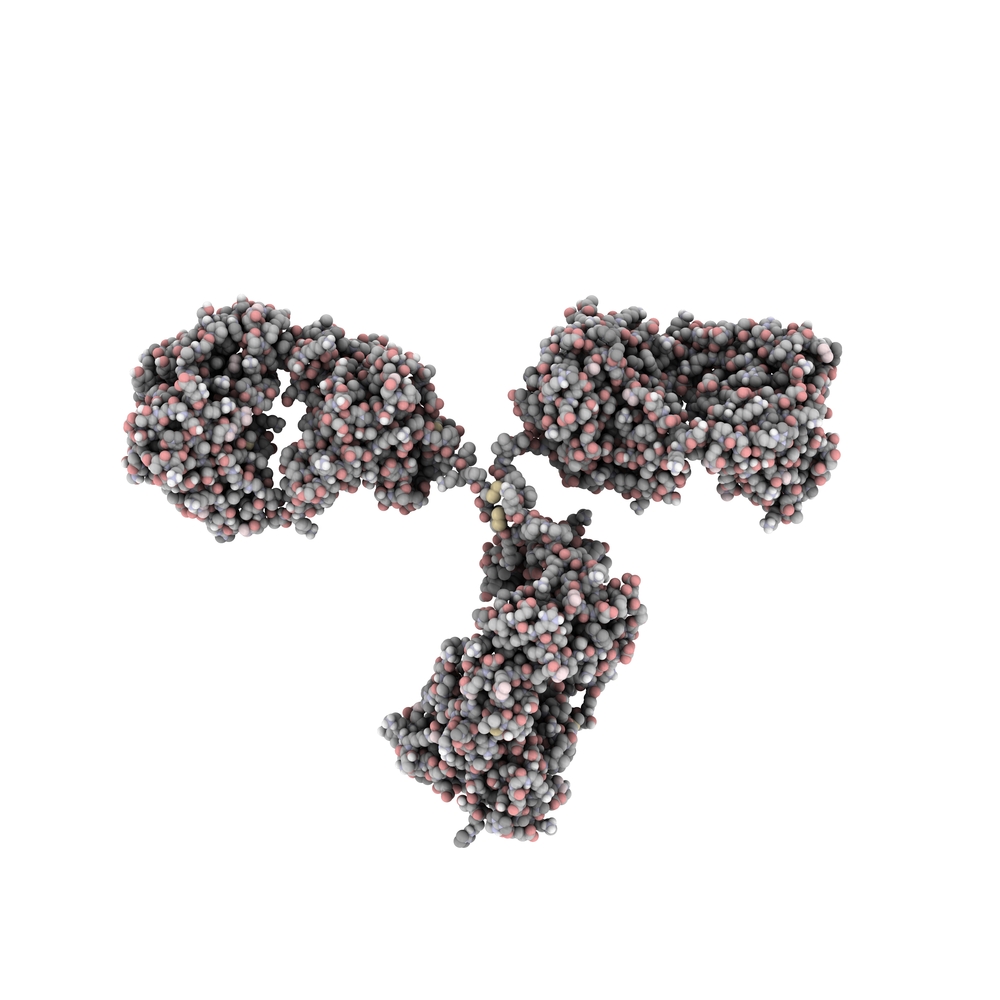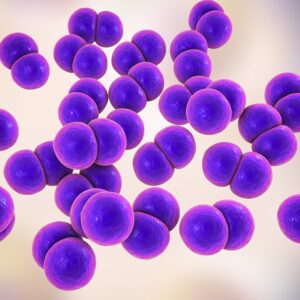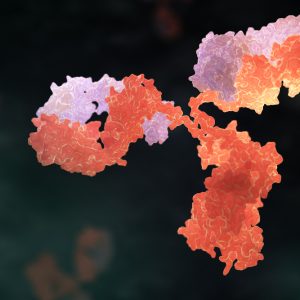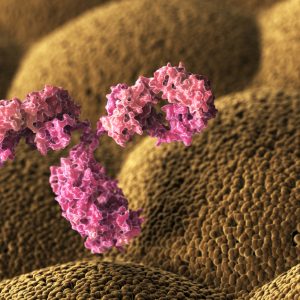GOAT ANTI-STREPTOCOCCUS GROUP A ANTIBODY
Affinity purified polyclonal antibody to S. pyogenes (Group A) bacteria (BacTrace®).Antibody was isolated from a serum pool of goats immunized with heat-killed whole cells of S. pyogenes. Each lot is tested to assure specificity and lot-to-lot consistency using an in-house ELISA assay.
PRODUCT DETAILS – GOAT ANTI-STREPTOCOCCUS GROUP A ANTIBODY
- Part of the BacTrace® range of antigens and antibodies.
- Affinity purified antibody made in goat.
- Tested by ELISA techniques as applicable. This product reacts specifically with Streptococcus pyogenes (Group A). Minimal cross-reactivity may exist to other similar species.
- Product is in lyophilized form.
- Each lot is tested to assure specificity and lot-to-lot consistency using an in-house ELISA assay.
BACKGROUND
Streptococcus pyogenes (group A beta-hemolytic streptococcus; GAS) is a Gram-positive, catalase-negative cocci which can be carried asymptomatically. Streptococcus pyogenes is a bacterium which can colonise the throat, skin and anogenital tract and can cause both noninvasive and invasive disease, as well as nonsuppurative sequelae. It causes a diverse range of skin, soft tissue and respiratory tract infections including some life-threatening infections e.g. scarlet fever, bacteremia, pneumonia, necrotizing fasciitis, myonecrosis and Streptococcal Toxic Shock Syndrome (StrepTSS). Each year, the bacterium affects 700 million people globally, leading to 160,000 deaths. Streptococcal disease is ordinarily spread by direct person-to-person contact. In cases of pharyngitis and respiratory infections, droplet nuclei of saliva or nasal secretions are the mode of spread. Crowding such as occurs in schools or military barracks favors interpersonal spread of the organism in community outbreaks. Fomites can also be a source of streptococcal transmission (Chowdhury et al., 2021).
S. pyogenes is a gram-positive, β-hemolytic streptococcus that is catalase negative. More than 150 different strains have been identified based on different M-protein types. It is a group A streptococcus based on its carbohydrate structure, according to Lancefield typing of β-hemolytic strains. Mucoid strains are rich in hyaluronic acid capsule, and numerous extracellular toxins are produced by most strains, which include streptolysin O, a cholesterol-specific cytolysin, streptolysin S, a cell-associated hemolysin, fibrinogen-binding proteins, streptokinase, numerous pyrogenic exotoxins that act as superantigens, and a cysteine-protease called pyrogenic exotoxin B.
REFERENCES
- Chowdhury S, Khakzad H, Bergdahl GE, Lood R, Ekstrom S, Linke D, Malmström L, Happonen L, Malmström J. Streptococcus pyogenes Forms Serotype- and Local Environment-Dependent Interspecies Protein Complexes. mSystems. 2021 Sep 28:e0027121. doi: 10.1128/mSystems.00271-21. Epub ahead of print. PMID: 34581598.




